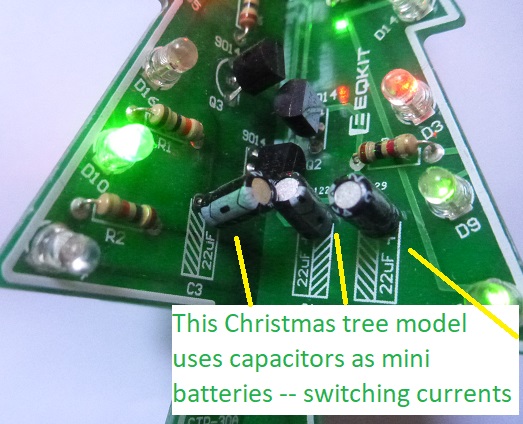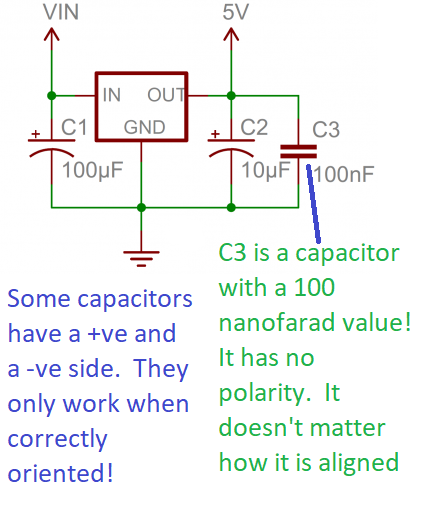A Dutch scientist, Pieter van Musschenbroek, is credited with inventing the
capacitor more than 200 years ago. It is interesing that history of
Science and Technology often demonstrates that inventions continue to evolve and
develop. The capacitor was at first a curiosity, but now fills a
fundamental role in modern electronics. Capacitors are complex electronic
components which reveal something of the fascinating behaviour of the electron.
The screen of a touchscreen on the computer tablet operates as one side of a
large capacitor. Some of the very large batteries that store power from
wind turbines are just very large capacitors! Please read this week's
Tasks and Activities.

